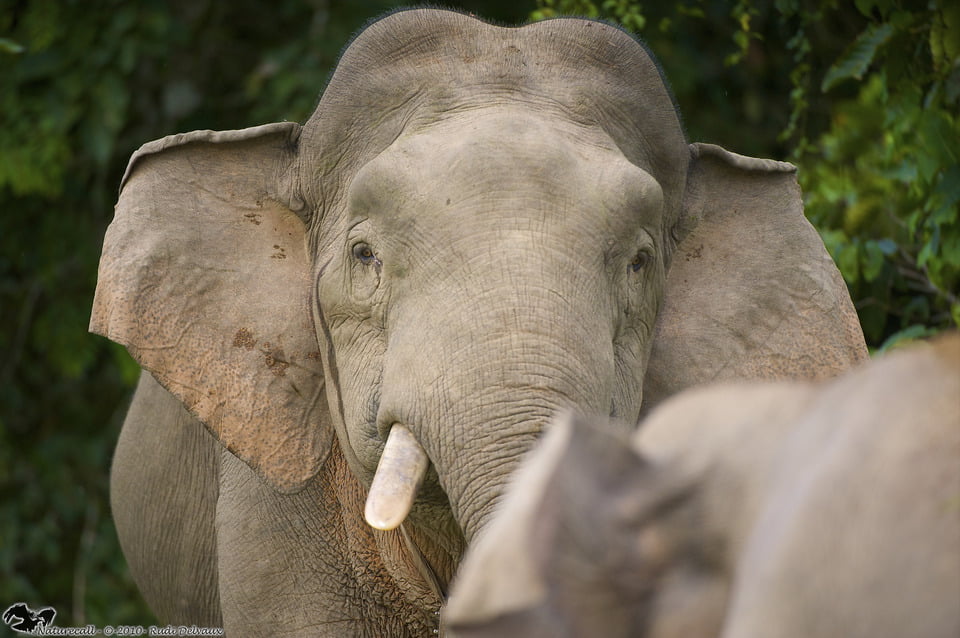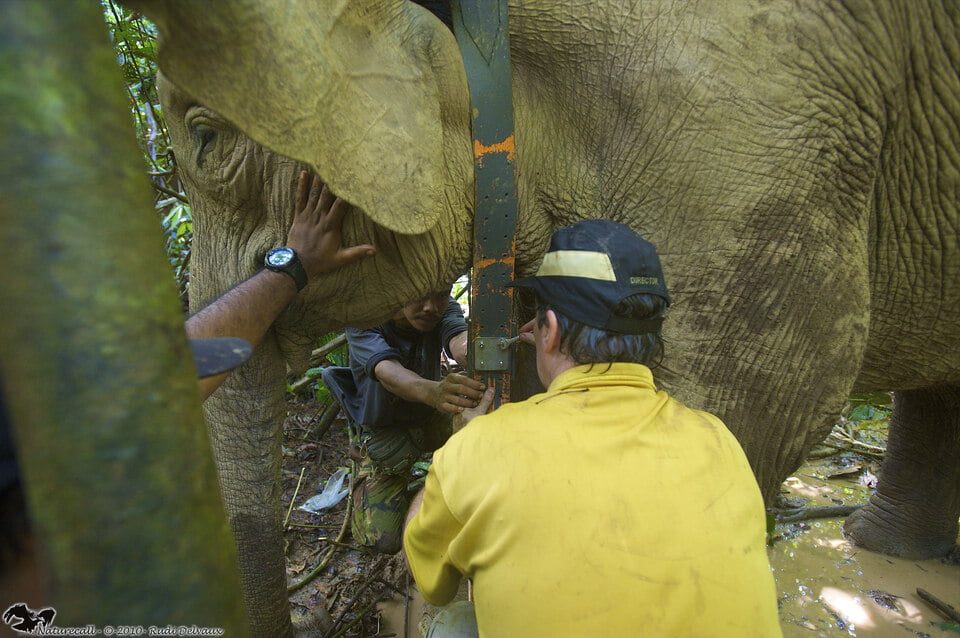Living with elephants: Long-term solutions for human-elephant conflicts in Sabah
About
Institutions: Danau Girang Field Centre & Sabah Wildlife Department
Status: Completed
Danau Girang Field Centre (DGFC) assisted the Sabah Wildlife Department (SWD) in understanding the movement of elephants in other parts of Sabah besides the Lower Kinabatangan. The survey areas were mainly in the Telupid Complex, Lahad Datu and Central Sabah. The main goal of this project was to try to find long-term solutions to reduce human-elephant conflicts by warning the SWD and communities about the movement of elephants so that early precautions can be taken to avoid any harm to both people and elephants.
Elephants are regarded as a flagship species for the conservation of biodiversity. By knowing the areas crucial for elephants, we will ensure the survival of this and other animal species. At the same time, we need to find long-term solutions to reduce and minimise the conflict between people and elephants. We hope to increase the level of tolerance from people and create awareness among all the stakeholders who are directly and indirectly involved with elephant conservation in Sabah through data sharing, disseminating the results publicly, and regular discussions.
GPS data from 29 elephant individuals and airborne LiDAR forest mapping were used to model the distribution of elephants throughout Sabah in the most wide-scale analysis of forest use by Bornean elephants. Flat lowland areas, with optimal forest stature of ~13 m, were found to be most suitable for elephants. These habitats are at high risk of conversion and are often viewed as suitable for oil palm cultivation.
Less than a quarter of fully protected intact forests in Sabah were of suitable stature for elephants, whereas disturbed commercial forest reserves were found to be highly suitable. Therefore, a focus on the sole protection of remnant primary forest is detrimental to the future of the Bornean elephant.

©Rudi Delvaux

